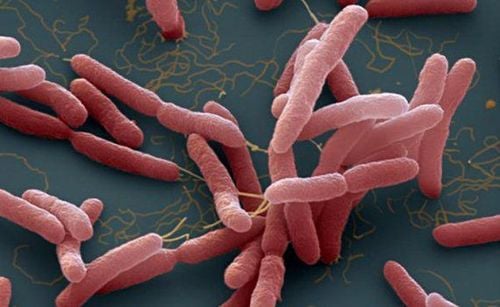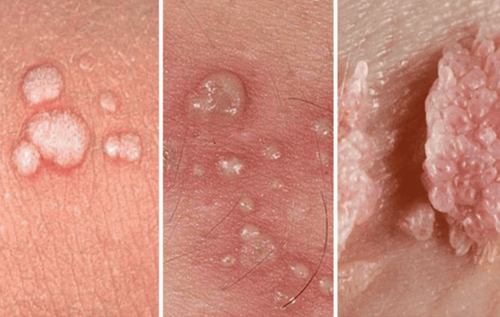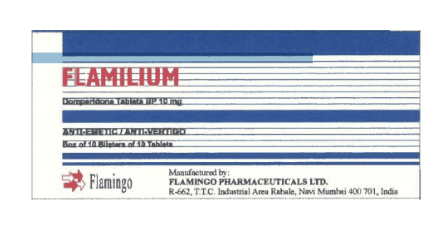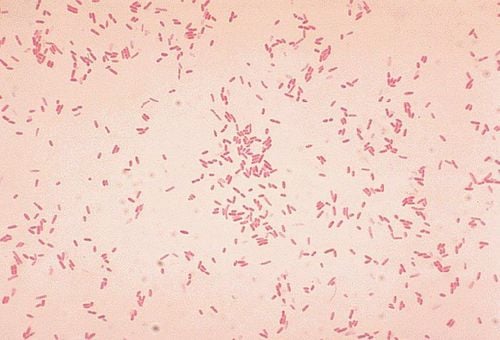This is an automatically translated article.
Whitmore's disease is a dangerous infectious disease. However, the disease is not transmitted from person to person, nor does it cause epidemics, but can cause people infected with Whitmore's disease to die quickly.
1. What is Whitmore's disease?
Whitmore's disease is a disease caused by Whitmore bacteria - a gram-negative bacteria, capable of living anywhere in the natural environment, especially in wet places, soil, water, wet rice fields because of its resistance theirs is very good.
Whitmore bacteria when entering the body, can incubation for an average of 2-21 days. The disease progresses very quickly, can be fatal after only 48 hours of admission. The most prominent feature of Whitmore bacteria is that it is resistant to many antibiotics, so when you have Whitmore's disease, treatment will face many difficulties, especially at primary health care levels.
If not detected early and treated promptly and properly, the disease will be extremely serious due to complications of bacteremia, infection by abscesses, even lead to septic shock, multi-organ failure causing patient died.
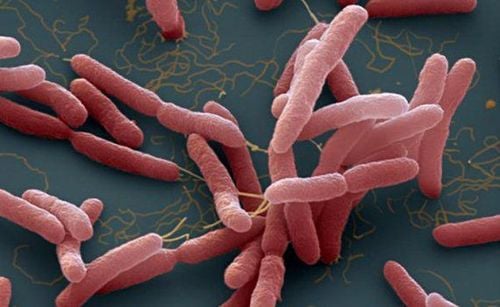
Vi khuẩn Whitmore có sức đề kháng rất tốt
2. Is Whitmore's disease contagious?
Whitmore's disease is a dangerous infectious disease that can be fatal. However, Whitmore's disease is not transmitted from person to person. This bacterium also does not cause epidemics, but causes sporadic cases, but with extremely severe clinical conditions and complications.
Whitmore's bacillus is a Gram-negative bacteria, which can survive in mud, soil and infect through scratches, skin wounds caused by negligence or accidents. Sometimes the scratch is so small that the patient doesn't even notice it. In addition, the disease can also be transmitted through the respiratory or gastrointestinal tract by inhaling contaminated dust, steam or drinking water contaminated with Whitmore bacteria.
In fact, Whitmore is not a rare disease. The disease is frequently present but does not cause epidemics. Especially in a tropical country, with agricultural production, farmers often have "muddy hands and feet" bacteria are always present in the mud, so people with weak immune systems are more susceptible to disease. Therefore, workers who are in contact with mud need to wear protective gear. People with skin wounds need to pay special attention to work safety.
3. Manifestations of Whitmore's disease
At the site of entry, Whitmore bacteria form large or small pustules depending on the extent, sometimes a large abscess, causing local lesions. The bacteria then follow the blood stream to all organs in the body, especially the liver, spleen, and lungs, causing small to large abscesses or can be linked together.
If not detected early and treated promptly, the disease can be complicated by bacteremia and infection by abscesses, even more severe, septic shock causing multiple organ and organ failure, patients have a poor prognosis and are prone to death.
The disease can also cause damage to the lungs - lesions that resemble the clinical manifestations of staphylococcus, tuberculosis should make the diagnosis easy for doctors.
Whitmore's disease has many different forms: fulminant, moderate or chronic disease. The types of Whitmore's disease have very diverse clinical manifestations and unclear manifestations. Therefore, Whitmore is considered an "imposter", easily missed or misdiagnosed with another disease. Especially of chronic diseases, the disease is easy to recur, so the patient's health is very exhausted (due to the disease recurring or if the treatment regimen is not correct).
4. How to limit the spread of Whitmore's disease?

Khi làm việc hay sinh hoạt môi trường có nguy cơ nhiễm vi khuẩn Whitmore cao, cần chú ý tránh để bị xây xước hoặc có vết thương hở
There is currently no vaccine for Whitmore's disease. Therefore, prevention of Whitmore's disease is of the utmost importance. Some measures can help limit the spread of Whitmore's disease:
Clean environment. When working or living, especially in muddy, humid, and wet environments, the environment has a high risk of Whitmore bacteria: Care should be taken to avoid scratches or open wounds. In case of skin scratches, even small ones, they need to be covered and protected carefully to avoid infection. When the skin is scratched, it should be disinfected promptly, if pustules appear, it is necessary to seek medical attention as soon as possible. In addition, good food hygiene and safety, eat well, drink well. In people with low resistance (eg people with chronic infections, long-term use of corticosteroids, diabetes, kidney disease or people who are addicted to alcohol or drugs...): when Bacteria entering the bloodstream will cause more severe sepsis. Therefore, these people are at higher risk and need to pay more attention to prevention. Chronic cases: need to persevere in treatment. When suspected disease, it is best to visit reputable medical facilities for timely and correct treatment to prevent multi-antibiotic-resistant Whitmore bacteria.
Please dial HOTLINE for more information or register for an appointment HERE. Download MyVinmec app to make appointments faster and to manage your bookings easily.





